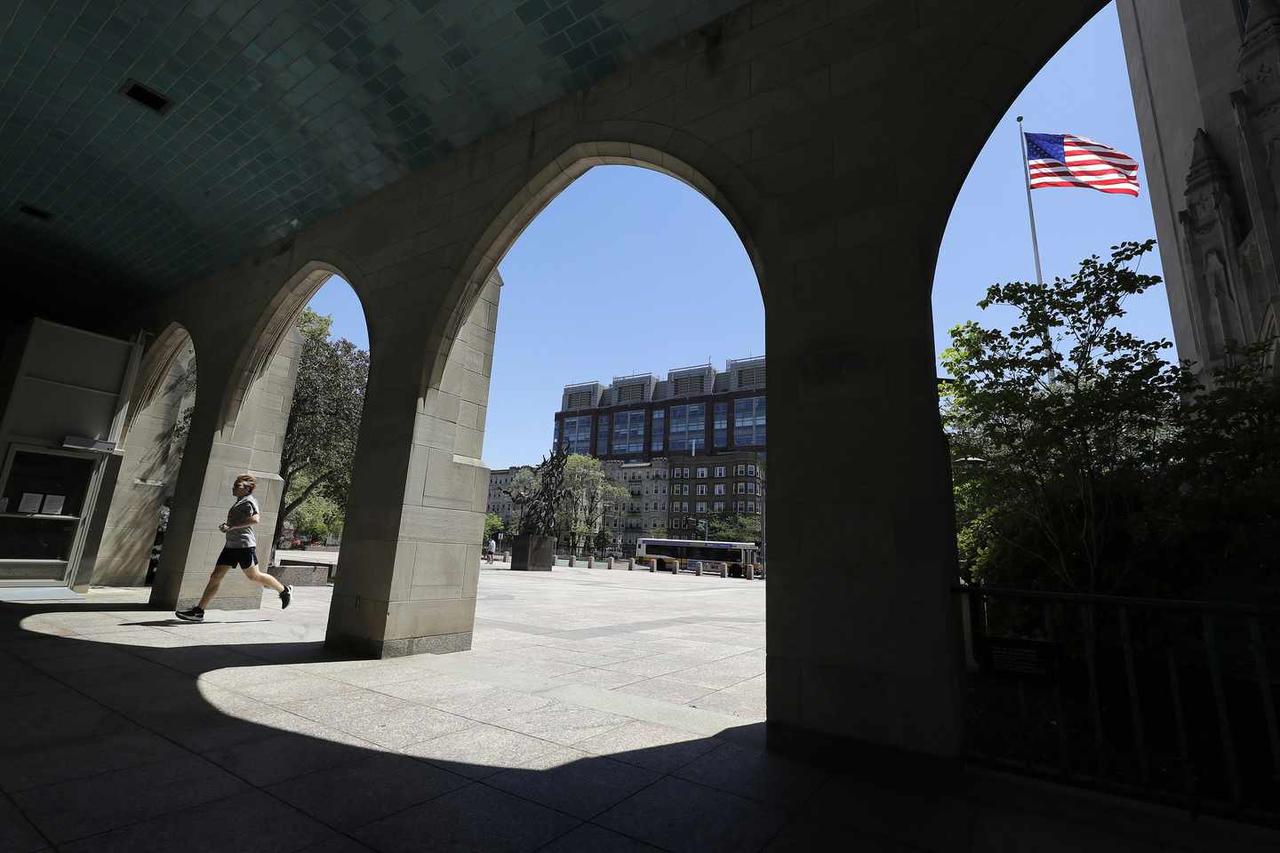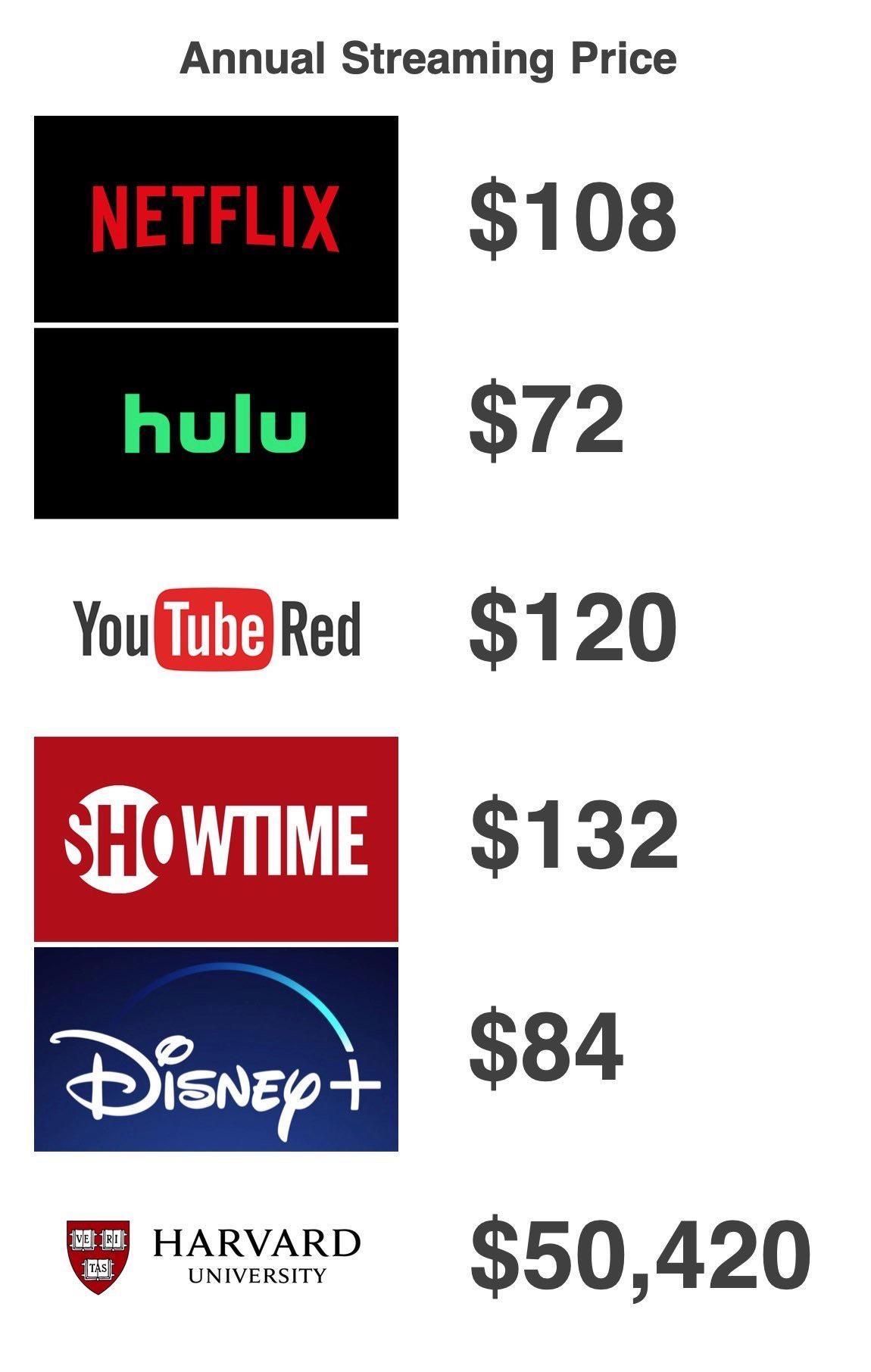Congratulations, You’ve Been Accepted! Now Stay Home
Tyler Durden
Thu, 07/09/2020 – 23:20
Authored by Elisabeth Wolf via RealClearPolitics.com,
I have two kids who are supposed to be in college. Home since March, they pushed through quarantine and Zoom spring believing they would return to campuses in the fall. Like thousands of other students, they were recently informed that their colleges are not welcoming them back.
After four months of committee meetings and emails, colleges and universities across America made the weak decision not to be bold. Rather than showing America how to move forward in a murky moment, institutions of higher education took the low road. Schools announcing partial openings or continuing online demonstrate glaring faults in their mission. They abdicate teaching students maturity, independence, and the ability to care for others in addition to or above themselves.
Of course, young people can contract COVID-19. The current spike in cases is attributed to young people, and yet young people are not filling up ICUs. According to the Centers for Disease Control, the rate of hospitalization for people who test positive for the coronavirus in their 20s is under 4%. To put this in perspective, the American Psychological Association states that one in three college freshmen worldwide report a mental health disorder. According to Alcohol.org, nearly 2,000 young adults aged 18-24 die each year from alcohol and related accidents. Colleges, unfortunately, are seeing way too many students who are very ill and need extreme medical treatment.
Since last March, doctors and researchers have confirmed that wearing face masks greatly slows Covid-19 transmission. Physical distancing, testing, isolation of symptomatic cases, and contact tracing are all effective means of slowing and reducing the spread of Coronavirus (see New Zealand and South Korea). Colleges, which operate as autonomous villages or towns, could implement all the recommended tools. Students have identification and are directly connected to school by text and college email accounts. Before Coronavirus, colleges regularly deployed their security teams to break up parties and cite those under 21 for being in a room where there was drinking. Surely, schools can apply these same resources to identifying anyone refusing a mask or overfilling a dorm room or other space.
Students not complying with rules laid down by the college should be asked to leave. No debate. No hearing. No calls from parents to the dean of students. Students who cannot abide by the straightforward rules should stay home or go home. Wearing masks, keeping respectable distance, handwashing, and sanitizing can keep your roommate, classmates, professors, dean, and dining hall staff safe. Time to learn: Modify your behavior to protect others.
Schools should have figured this out. Spend some dough. Teach kids more than reading, writing, mathematics, and sharp elbows. Teach kids resilience. Colleges like Colby did. They altered their school calendar, procured 85,000 COVID-19 tests, took over their college-owned inn for additional space, laid down rules, and said: Let’s do this. Colby didn’t pull this off just because they’re small and in Maine; they planned, organized and acted.
But other schools are taking a patchwork approach. Bowdoin College, 50 miles south of Colby, is only opening for first years and select others. University of Pennsylvania has decided to open to all enrolled students. Tiny Swarthmore College, 20 miles away, is only allowing first years and sophomores. The California State University schools remain online experiences. Clemson will do a three-phase approach to getting students on campus. Why couldn’t colleges and universities do what they ask students to do to prepare them for the world: work together. Coordinate getting all students back. With this random approach, educational experiences will be vastly different for students even at the same school. Will students sitting at a kitchen table be evaluated the same as a student in a classroom? How can these students compete against each other for jobs or graduate schools? Schools’ scattershot approach guarantees additional and deeper inequities in education among young people.
Students not allowed to return to campus are considering other options, but few exist. Many cannot afford a “gap” year because of student loan commitments, as well as the absence of many job opportunities in a COVID-19-crippled America. Moreover, more than ever, students should congregate to discuss social injustice and racial inequality. Looking into other students’ eyes (over their masks) is more meaningful and requires more patience, thoughtfulness, and confidence than hitting a “delete” button. What a time to leave young people stuck in their childhood homes when they have adult ideas, dreams, and impetus to bring change!
Instead, thousands of young people are dealing with U-turns, off ramps, and stop signs on the road to adulthood. They have no map. Federal, state, and local leadership has not given clear and consistent messages and, now, neither have colleges. Certainly, schools have to provide safe working conditions for professors, particularly those over 65. Yet, in addition to Zoom and other technology, can’t schools’ engineering professors develop portable plexiglass barriers? Can professors conduct class outside buildings? Could science departments share laboratory protective gear with other professors? Young people are naturally creative thinkers. Those who administer their campuses should be too. At least they should embrace the same standards to which the students are held. Colleges faced the problem of how to manage their students, campus housing, and classrooms with the variable of COVID-19. Instead of solving the equation, many colleges just slashed the numbers. I asked my daughter, a math major, what would happen if she had a complex problem but couldn’t solve it right away. Could she ask the professor for simpler numbers? Her answer, “Not if I wanted to pass the class.”
Further by-products of colleges not welcoming back students include depressing local economies, laying off or reducing pay for college employees, and preventing students from voting in November in towns and states where their votes could have an impact. In a blind abdication of their responsibility to students, schools not completely opening have ignored the mental health implication of their decision. According to the Chronicle of Higher Education, this pandemic has worsened student mental health. Those sitting at home or whatever safe space they can find this coming semester will be deprived of friendships, mentors, counseling, and many of the coping strategies developed when they leapt to new lives.
At the beginning of the COVID-19 shutdowns, farmers had to dump or destroy fresh milk, eggs and produce at the same time thousands needed food. I wondered why, in the greatest, most technologically advanced democracy, we could not coordinate getting this food to the hungry. I assumed it was a timing issue. There was just not enough time to coordinate and make the arrangements. Colleges and universities not welcoming back all students are doing the equivalent of dumping this crop of students. However, they do not have the excuse of not enough time. They have had months. They have had the benefit of knowing what can work to slow the virus.
Instead, they gave up.
As for the millions of students left off campus, whether or not you have an American passport, your chance to change the world may be delayed or just take another direction. It’s not gone. My favorite college counselor in the world, now retired in his late 80s, Mr. James Richardson, had a sign hanging in his office that read, “Grow where you are planted.” Without the help of colleges or universities, your resilience will blossom.
via ZeroHedge News https://ift.tt/2OhkQdD Tyler Durden

